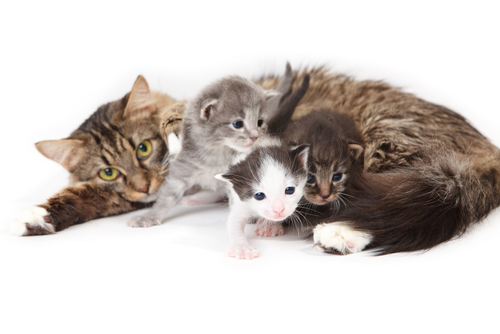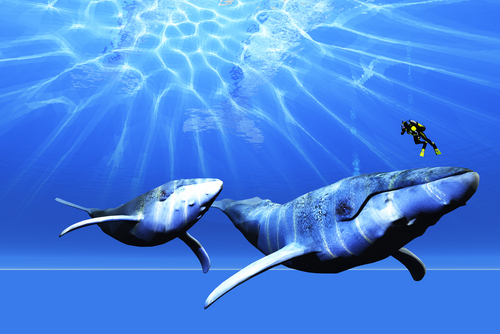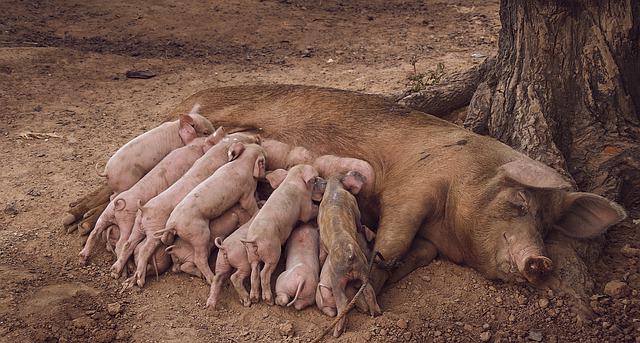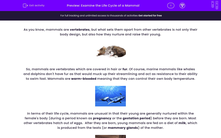As you know, mammals are vertebrates, but what sets them apart from other vertebrates is not only their body design, but also how they nurture and raise their young.

So, mammals are vertebrates which are covered in hair or fur. Of course, marine mammals like whales and dolphins don't have fur as that would muck up their streamlining and act as resistance to their ability to swim fast. Mammals are warm-blooded meaning that they can control their own body temperature.

In terms of their life cycle, mammals are unusual in that their young are generally nurtured within the female's body (during a period known as pregnancy or the gestation period) before they are born. Most other vertebrates hatch out of eggs. After they are born, young mammals are fed on a diet of milk, which is produced from the teats (or mammary glands) of the mother.

The young mammals stay within the family group for quite a long proportion of their lives (certainly when compared with other vertebrates), so that they are fed and protected by the parents, as well as learning some of the skills that they'll need in their adult life, such as the ability to hunt.

Then, the youngsters will leave the family setting and strike out on their own, to find their own territories and also a mate of their own. This is a dangerous part of the mammal's life cycle as a number of the youngsters die before they make it to adulthood.
So, use this activity to help you explore and firm up your understanding of the life cycle of a typical mammal. Have fun!







